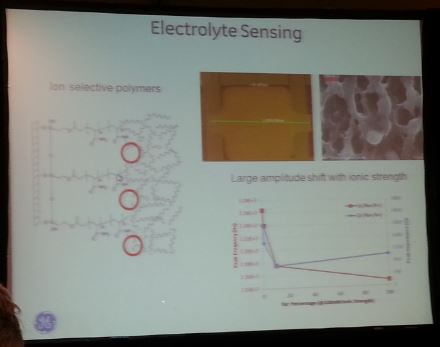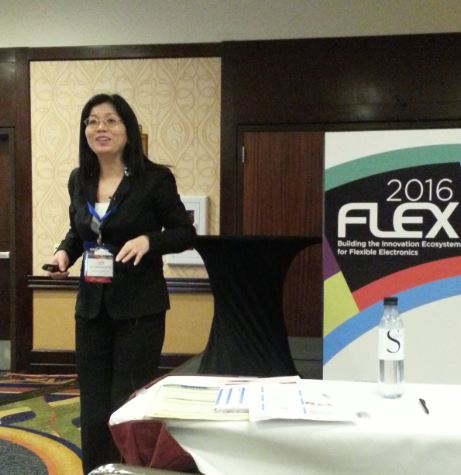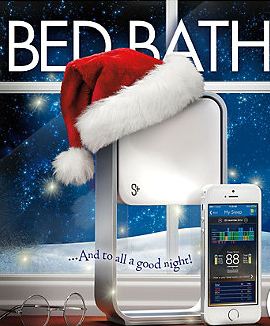March 4, 2016
I just returned from the 2016 FLEX conference in Monterey California. There were about 650 attendees this year, 10% more than last year. It was great to meet some of you in person.
At the FLEX 2016 conference, Dr. Azar Alizadeh from GE Global Research gave a presentation titled “Manufacturing of wearable sensors for human health & performance monitoring”. She first showed data about United States health expenditure grew dramatically, there is urgent need to reduce hospital care cost. Then she discussed the wearable sweat sensor that GE is working on, which could detect the electrolytes (such as Na, K) level in the person’s sweat, and small molecules and proteins level to test the stress level.
Figure. Dr. Azar Alizadeh from GE Global Research presentation slide
Photo by: Touch Display Research, March 2016.
At the FLEX 2016 conference, on behalf of Touch Display Research, I gave a presentation titled “Flexible and printed electronics—tremendous opportunities in display and touch panel industries”. I discussed the discuss the technologies, manufacturing challenges, opportunities and market forecast of flexible display, quantum dot display and touch screen from 2016 to 2025.
Figure. Touch Display Research Dr. Colegrove giving presentation
Photo credit: Ms. Kammoun, University of Stuttgart, March 2016.
Sensors, wearables, flexible materials, advanced equipment are hot topics at this year’s FLEX conference. More reviews can be found in the Touch and Emerging Display monthly report, March issue.
Thanks for reading,
Jennifer and team



